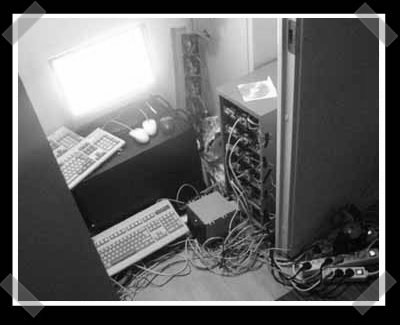
[Alanson Sample] and [Joshua R. Smith] have been experimenting with wireless power transfer for their sensing platform. Their microcontroller of choice is the MSP430, which we used on our e-paper clock. They chose it specifically for its ability to work with low voltages and they discus its specific behavior at different voltages. The first portion of their paper uses a UHF RFID reader to transmit to the sensor’s four stage charge pump. They added a supercap to provide enough power for 24 hours of logging while the node isn’t near a reader. For the second half of the paper, they use a UHF antenna designed for digital TV with the same circuit and pointed it at a television tower ~4.1km away. It had an open circuit voltage of 5.0V and 0.7V across an 8KOhm load, which works out to be 60uW of power. They connected this to the AAA battery terminals of the thermometer/hygrometer pictured above. It worked without issue. The thermometer’s draw on a lab power supply was 25uA at 1.5V.
It’s an interesting approach to powering devices. Do you have an application that needs something like this? For more on wireless power, checkout this earlier post on scratch building RFID tags.
[via DVICE]











